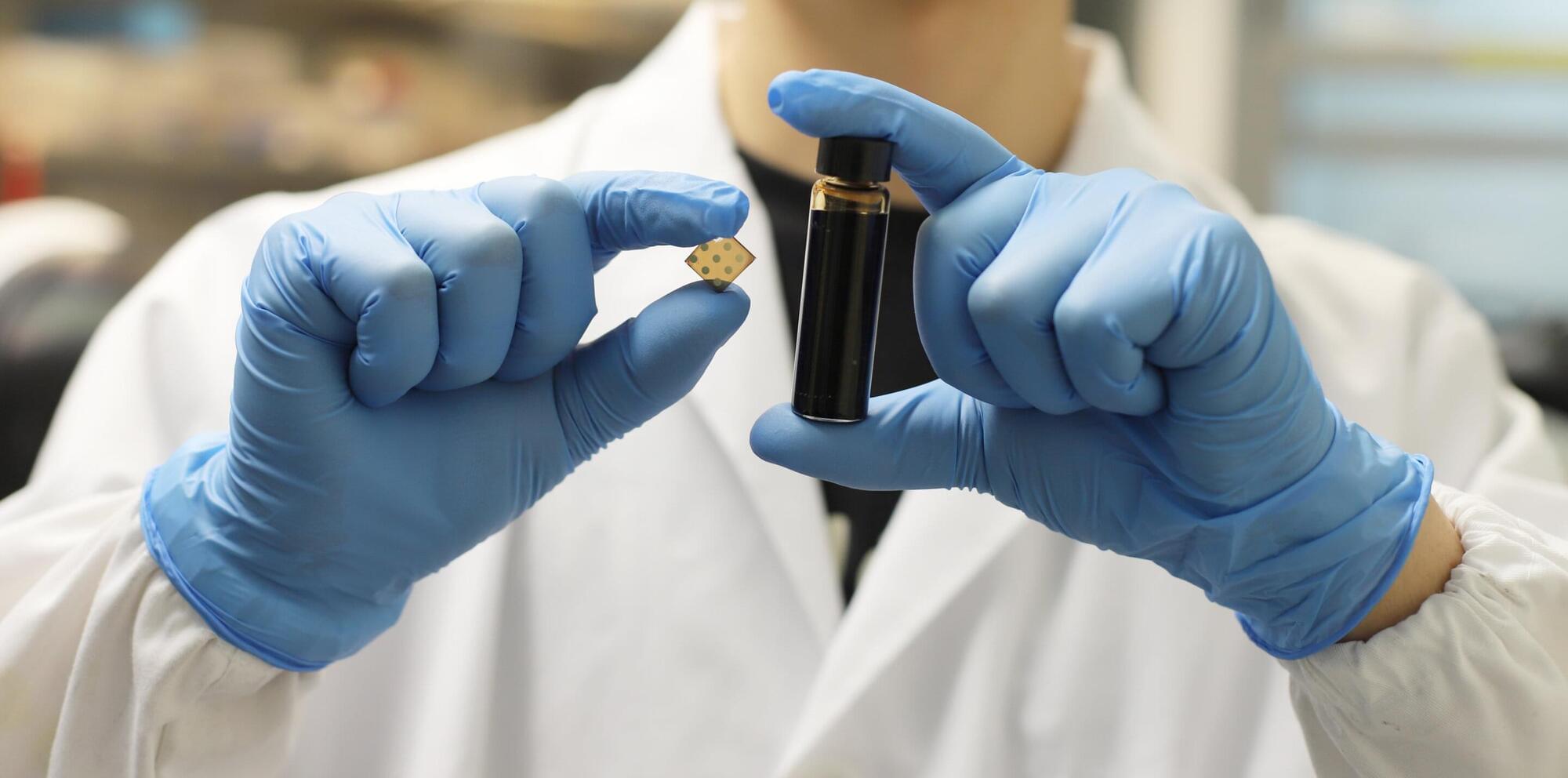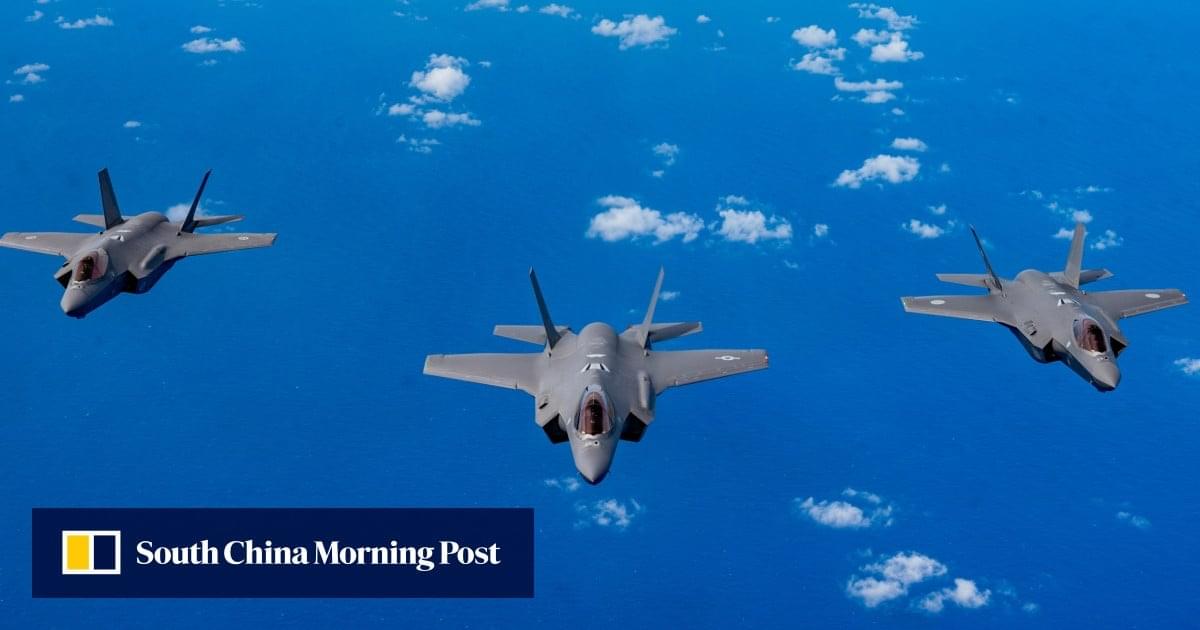COLORADO SPRINGS — The head of the U.S. Space Force sought to clear up confusion about the Trump administration’s ambitious missile defense initiative known as Golden Dome, emphasizing that it represents a complex network of systems rather than a single procurement program.
“It’s not a system. There’s not going to be a ‘Golden Dome delivered,’” Gen. Chance Saltzman, chief of space operations, said April 9 at a news conference during the Space Symposium. “It’s a system of systems that has to work together. And so there won’t be a single contract vehicle. There will be multiple programs that are brought to bear to solve that mission against the threats.”
The Golden Dome initiative, established through a White House executive order, aims to create a comprehensive shield protecting the United States against an array of missile threats, including ballistic, hypersonic and advanced cruise missiles.







